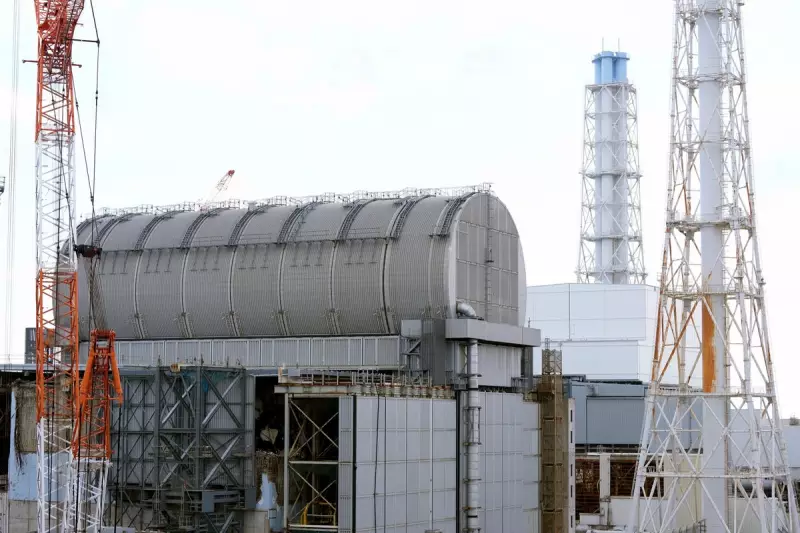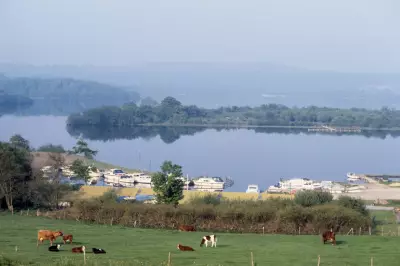
Japan has commenced the controversial release of treated radioactive wastewater from the Fukushima nuclear plant into the Pacific Ocean, triggering immediate backlash from neighbouring countries and local fishing communities.
The discharge, which began on Thursday, forms part of a decades-long decommissioning process for the Fukushima Daiichi plant that suffered meltdowns following the 2011 earthquake and tsunami disaster.
International Reactions and Safety Concerns
China swiftly responded by announcing a complete ban on Japanese seafood imports, citing food safety fears. This move has escalated existing tensions between the Asian powers.
"The Japanese side has not proved the legitimacy and legality of the ocean discharge," stated Chinese foreign ministry spokesperson Wang Wenbin.
However, the International Atomic Energy Agency (IAEA) maintains the released water - treated through the Advanced Liquid Processing System (ALPS) - meets international safety standards, with radiation levels comparable to those from normally operating nuclear plants worldwide.
Local Opposition and Economic Impact
Japanese fishing unions continue to protest the release, fearing reputational damage could devastate their industry. "All we want is to be able to continue fishing," said Haruo Ono, a fisherman from Fukushima.
The Japanese government has established a ¥30bn (£162m) fund to support affected fisheries and counter potential misinformation about food safety.
South Korea, while maintaining its own import restrictions on Fukushima seafood, has cautiously accepted the discharge plan following its own scientific review.
The Science Behind the Discharge
TEPCO, the plant's operator, emphasizes that the water undergoes extensive filtration to remove most radioactive elements, leaving only tritium - a relatively harmless hydrogen isotope that cannot be filtered out.
"The tritium concentration in the discharged water is well below operational limits," a TEPCO spokesperson assured. Independent monitoring by the IAEA will continue throughout the multi-decade release process.
Environmental groups remain unconvinced, with Greenpeace accusing Japan of using the Pacific as a "dumping ground" and calling for alternative storage solutions.





